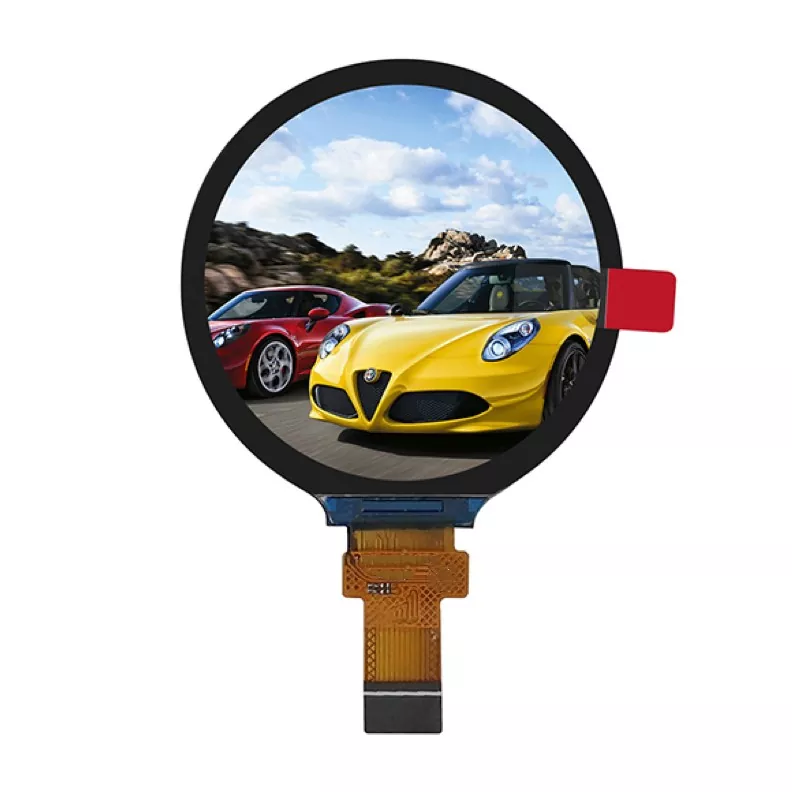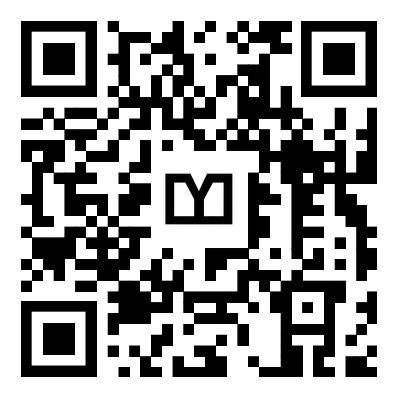How to Choose a TFT Module
2025-03-27
A Thin-Film Transistor (TFT) Module is an essential display component used in various applications, from consumer electronics to industrial devices. Choosing the right TFT module ensures optimal performance, clarity, and durability. In this guide, we’ll discuss the key factors to consider when selecting a TFT module for your specific needs.
1. Determine the Required Screen Size & Resolution
The screen size and resolution are critical factors that impact visibility and detail. Consider:
- Screen Size: Available in various sizes, from small 1.8-inch displays to larger 10-inch+ screens.
- Resolution: Higher resolutions offer clearer images, but they require more processing power.
2. Evaluate Brightness & Contrast Ratio
The brightness (measured in nits) and contrast ratio determine how well the display performs in different lighting conditions.
- Indoor Use: A brightness level of 200-500 nits is sufficient.
- Outdoor Use: Choose a module with 800+ nits for readability in sunlight.
- Higher contrast ratios improve color differentiation and image sharpness.

3. Consider Viewing Angles
Wide viewing angles are crucial for applications where multiple users need to see the screen from different positions. IPS (In-Plane Switching) TFT modules offer superior viewing angles compared to standard TN (Twisted Nematic) displays.
4. Choose the Right Interface Type
Ensure compatibility between the TFT module and your system’s hardware. Common interface types include:
- SPI/I2C: Suitable for small displays with low data transmission needs.
- RGB/LVDS: Used in medium to large displays requiring high-speed data transmission.
- HDMI/MIPI-DSI: Ideal for high-resolution displays in multimedia applications.
5. Decide on Touchscreen Capabilities
If your application requires user interaction, choose a touchscreen TFT module:
- Resistive Touchscreen: Works with any object but offers lower sensitivity.
- Capacitive Touchscreen: More responsive but requires conductive touch (e.g., fingers or capacitive stylus).
6. Assess Power Consumption
For battery-powered devices, energy efficiency is key. Look for:
- Low-power LED backlights to extend battery life.
- Efficient driver circuits to minimize power draw.
7. Check Operating Temperature Range
For industrial and automotive applications, ensure the module can withstand extreme temperatures:
- Standard range: 0°C to 50°C (ideal for indoor devices).
- Extended range: -20°C to 70°C or beyond (suitable for rugged environments).
8. Look for Customization Options
Some manufacturers offer customization for:
- Backlight brightness and color.
- Polarizers and coatings for better sunlight readability.
- Special mounting options for unique applications.
Conclusion
Selecting the right TFT module involves evaluating factors like screen size, resolution, brightness, interface type, and power efficiency. By understanding your specific needs, you can choose a display that enhances performance and user experience. Whether for a smartphone, industrial HMI, or automotive dashboard, the right TFT module ensures reliability and clarity in every application.


